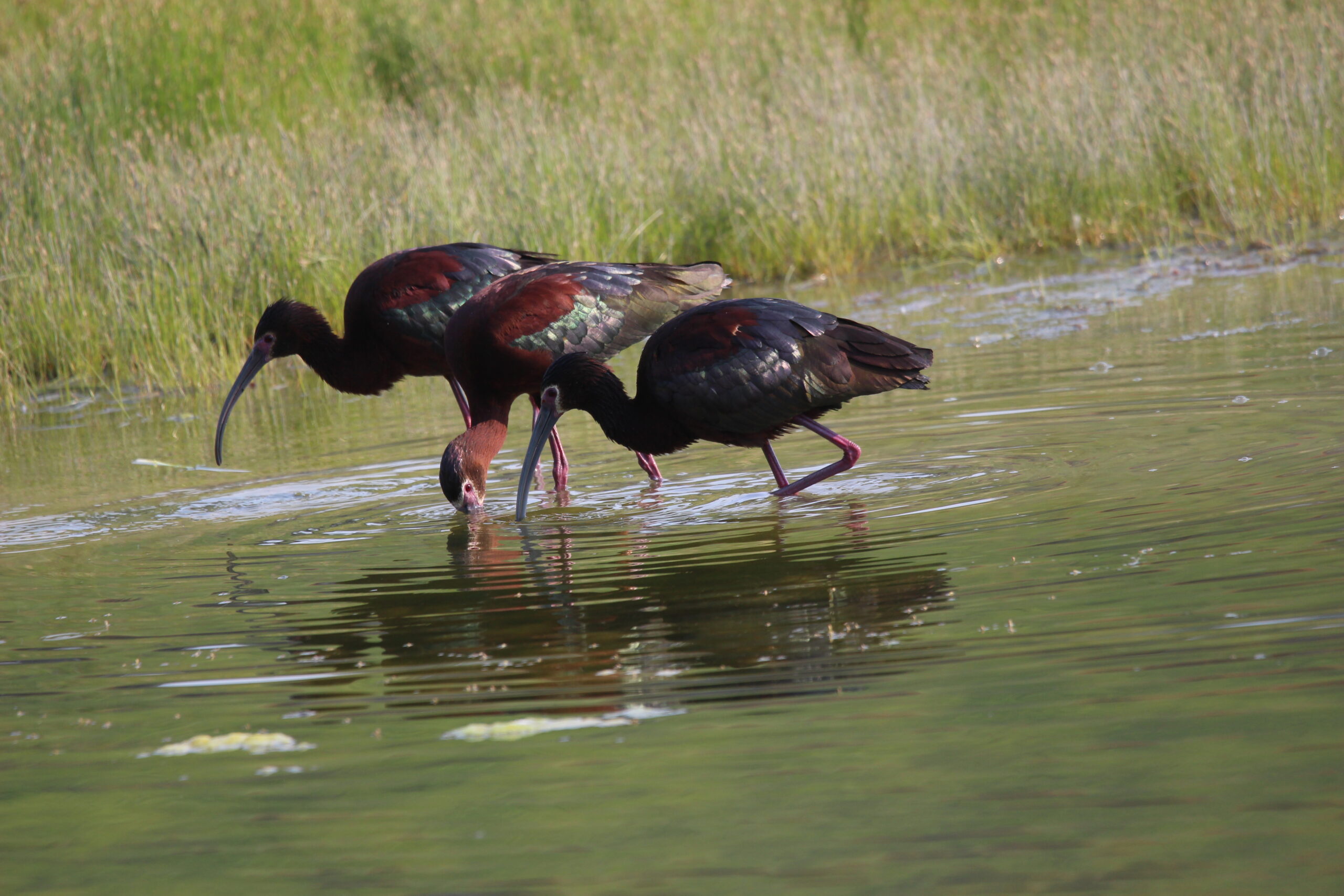We are living in the golden age of whisky. Gone are the days of pounding cheap rye & ginger ale highballs while rockin’ out to Lynyrd Skynyrd on the jukebox. The whisky drinker of today is more sophisticated and refined, knowing that there is a wide world of whisky out there.
Faithful readers will be aware that single malt Scotch whiskies are the gold standard by which all others are judged, and I, as an unrepentant whisky snob, have long been considered Scotch to be my go-to whisky.
However, in the interests of higher learning, I have been expanding my whisky horizons of late. It began a few years ago when I took a trip to Dublin, and worked my way through the Irish Whiskey Trail, enjoying the fair spirits of the Emerald Isle.
I took another leap of faith last month, which has somehow been designated National Bourbon Heritage Month, by whomever it is that proclaims such things. Yes, gentle reader, I decided to drink Bourbon Whiskey for the entire month of September, to see if it had improved from its hillbilly origins.
The origins of Bourbon go back to the late 18th century in Bourbon County, Kentucky. The large influx of immigrants from the British Isles settled the area now known as Kentucky, and they quickly set to work making hooch from whatever they could find.
The Scottish and Irish settlers were accustomed to making fine whiskeys from barley, but the Kentucky fields produced more corn than anything else. Unsurprisingly, the Bourbon Whiskey style evolved using corn as the base, and most Bourbons will distill down a mash of 70% corn and 30% barley or wheat.
Similar to the geographic naming regulations of other spirits, Bourbon must be produced in the United States in order to be legally called Bourbon. While close to 97% of all Bourbon production does happen in Kentucky, it can be produced in any US state, even Hawaii or Alaska!
Bourbon must also be made from a grain mixture that is at least 51% corn, although most distillers use around 70% corn to give Bourbon its distinctive taste.
This is quite different from most other whiskies, which prefer to stick with the traditional barley, wheat, or rye grains. This reliance on corn is what makes the other whisky makers look down their collective noses at the Bourbon distillers.
Bourbon must be aged in new, charred oak barrels. Some whiskies will re-use oak barrels that held sherry or another liquor, but Bourbon gets a new barrel each time.
Most Bourbon is aged in the barrel for at least four years, in a manner similar to other whiskies.
We even have a Bourbon connection right here in Alberta. Purveyors of local spirits may already be aware of Alberta Distillers Ltd, who have been producing fine whisky and vodka from Calgary’s historic Ramsay neighbourhood since 1946.
If you have ever mixed a highball with Alberta Pure Vodka, Alberta Springs Rye Whisky, or Alberta Premium Rye, you are already familiar with Alberta Distillers. What you may not know is that Alberta Distillers was acquired by Jim Beam Brands back in 1988, distillers of many famous Bourbons, including Jim Beam, Maker’s Mark, Knob Creek, and many others.
You may have seen a local whisky called Alberta Premium Dark Horse on the shelves of your local booze merchant, and despite the label proudly proclaiming to be Canadian Whisky, it actually contains a small percentage of American Bourbon.
Alberta Distillers is North America’s largest producer of 100% rye whiskies, so it will be no surprise that Dark Horse starts out with blending 12-year and 6-year locally produced pure Rye Whiskies, then marrying the Rye with 8% Bourbon from the parent company, and 1% Spanish Sherry.
The addition of 1% Sherry allows the Dark Horse to hit a reasonable price point without purchasing expensive once-used Sherry casks for aging the spirit, and the 8% Kentucky Bourbon allows the whisky to be sold in the USA at a much lower tax rate, while still being made of 91% locally produced rye spirit, which allows it to be labeled as Canadian Whisky.
Alberta Premium Dark Horse has the same spicy notes that are the signature of the rye grains, with vanilla and toffee flavours from the blended Bourbon, and hints of molasses and licorice from the blended Sherry. At only $35, it drinks like a $60 whisky, so try a wee dram at your local watering hole, or pick up a bottle from your local spirits retailer.





